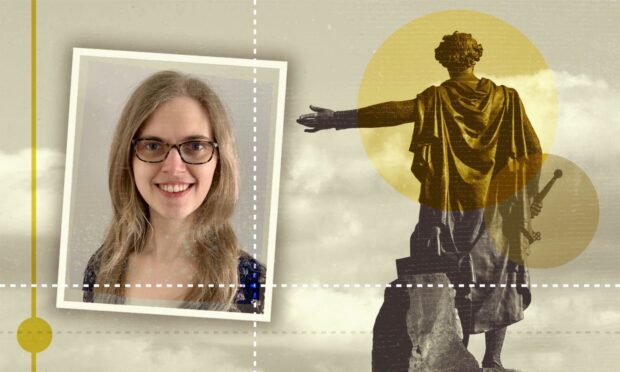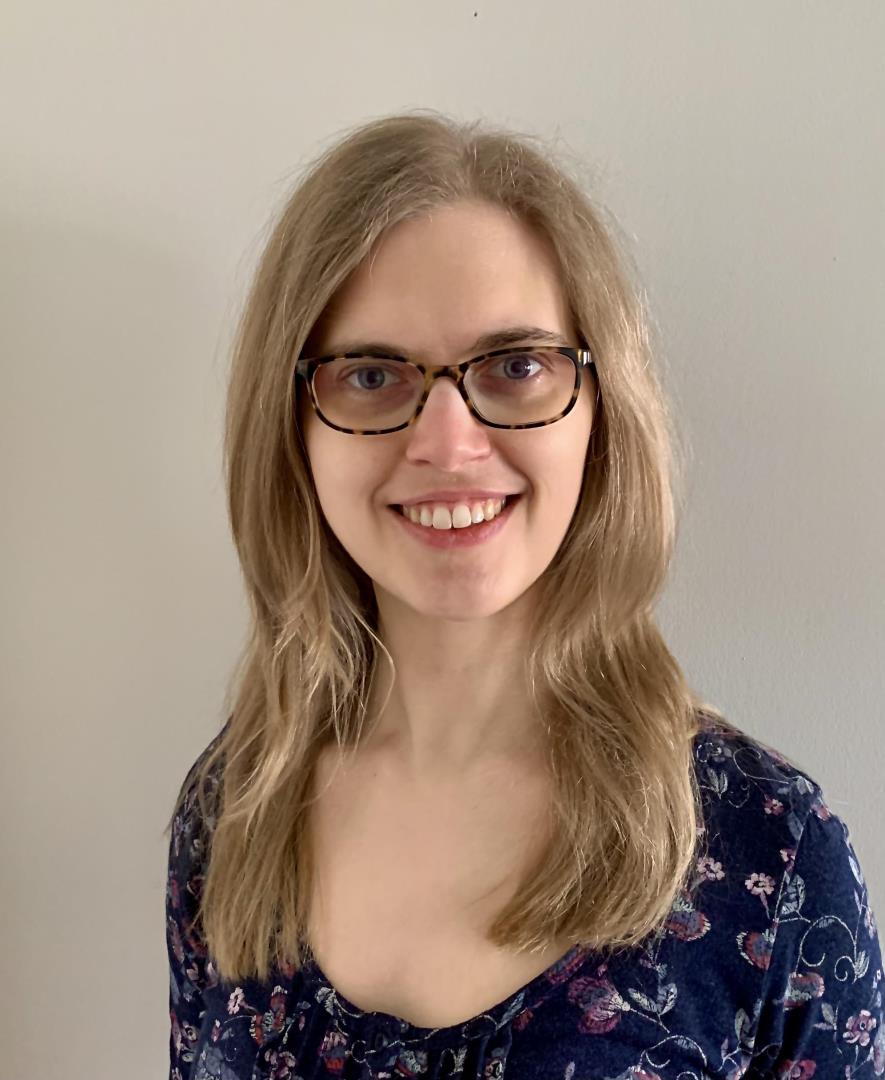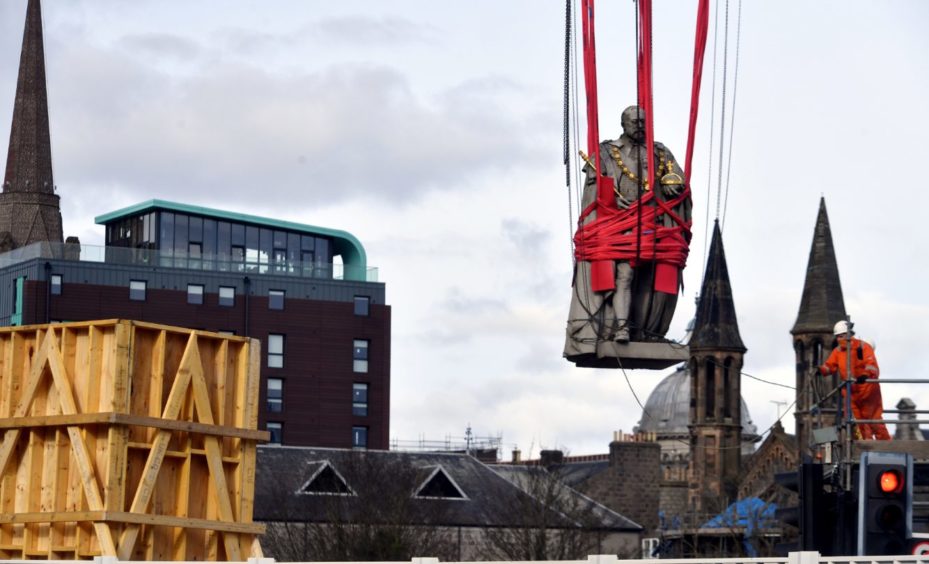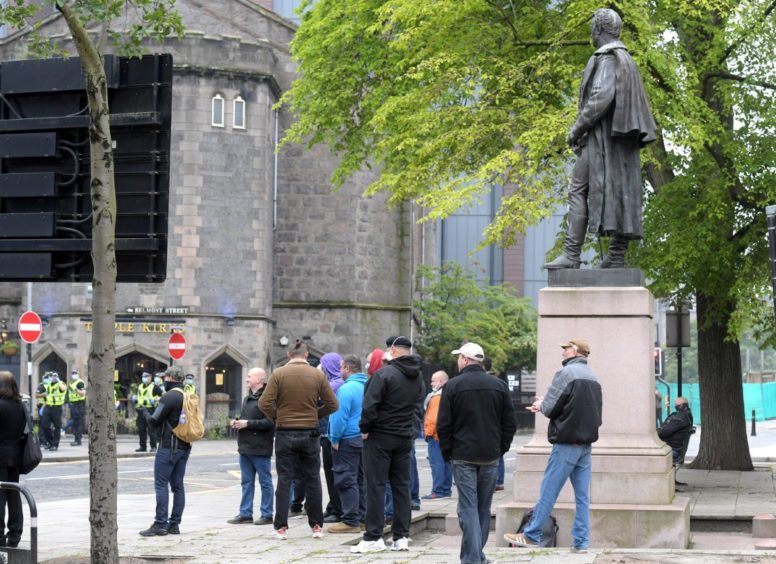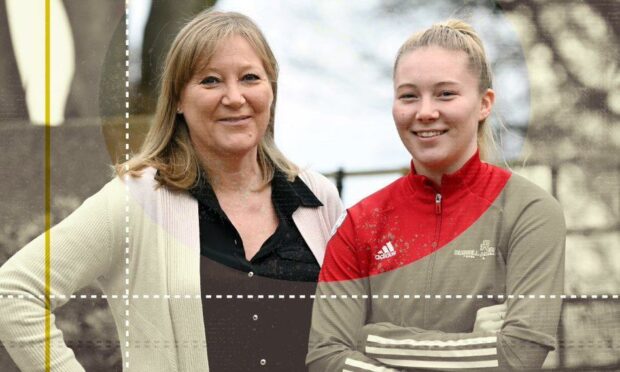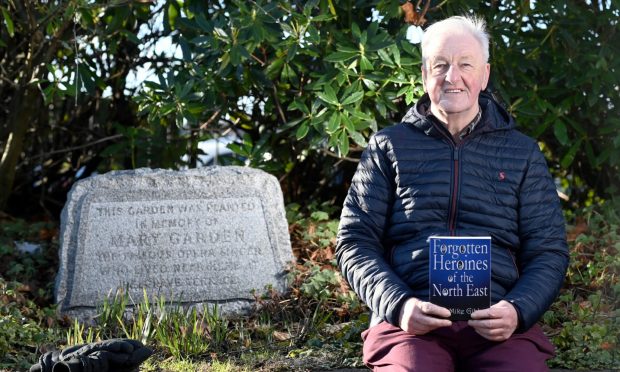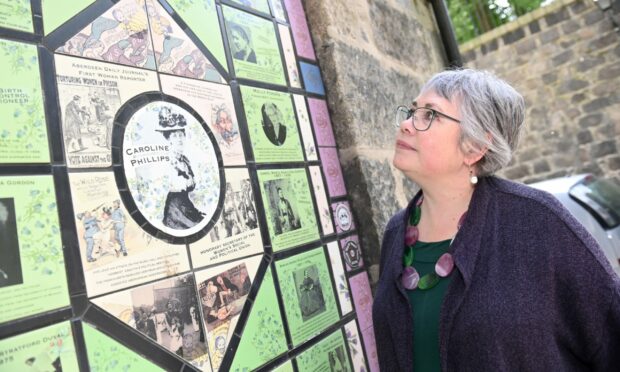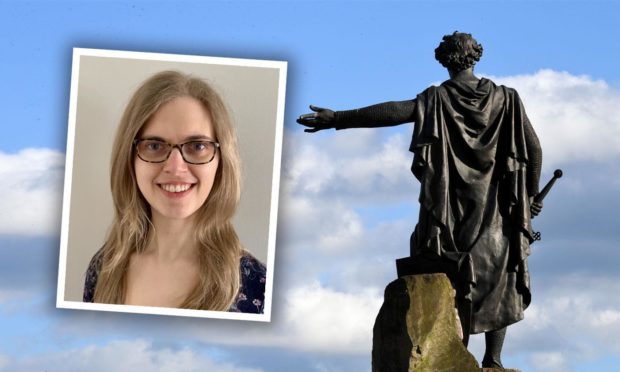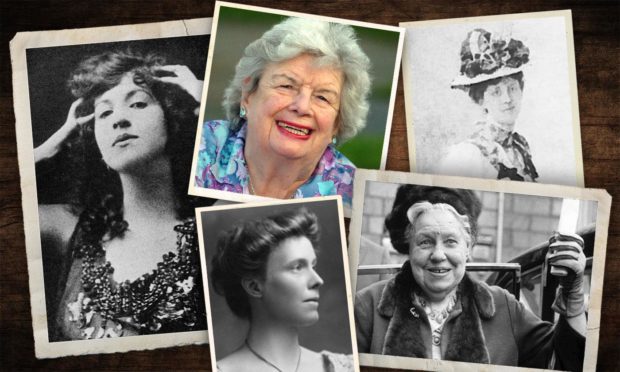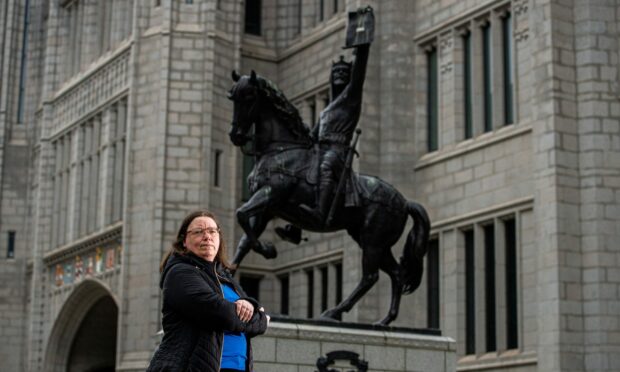Alice Butler-Warke grew up in Liverpool, a place with plenty of history to be proud of.
But it was also one of Europe’s slavery capitals, and reckoning with less savoury aspects of the city’s past is a constant struggle.
Alice is only too aware of how important it is that authorities choose very carefully who they want future generations to remember.
Speaking to us from her home in Laurencekirk, the RGU lecturer answered some questions on why statues have come to mean so much – and how they will be shaped in the future.
Why are statues important?
Statues matter because they reflect the values we have as a society and are a way of connecting the past with the future.
They are us deciding who we want to remember and celebrate, and who we want to pass on to future generations.
Statues are usually in urban places and they are what we place at the heart of our towns and cities.
They are how we put across messages about what matters to us as a society.
What difference would it make to have more statues of women?
Having a statue put up of somebody bestows a certain power onto that person.
It lends that individual a certain meaning… You have to look up at a statue, you are physically looking up to that person. We are literally placing them on a pedestal.
They have typically been of people who have a voice.
More statues of women would challenge the idea of who has made a difference.
Why have statues become such a focus of the Black Lives Matter movement?
People carved in stone and dotted around towns and cities appear representative of a history we want to remember and celebrate.
Our heritage is a curated version of the past, it’s what we are choosing to remember, and that can be seen as aggressive or exclusionary.
It can be quite painful to walk past a statue of someone who was overtly pro-slavery. That can be really traumatic for people.
What does the future hold?
I hope people will think about who they want to remember, and what they want their city to say to future generations.
The question is: why are certain things remembered, while other things fall by the wayside.
We should be making sure people know about different histories, in the past, we have actively quashed different voices from being heard and we can’t do that going forward.
